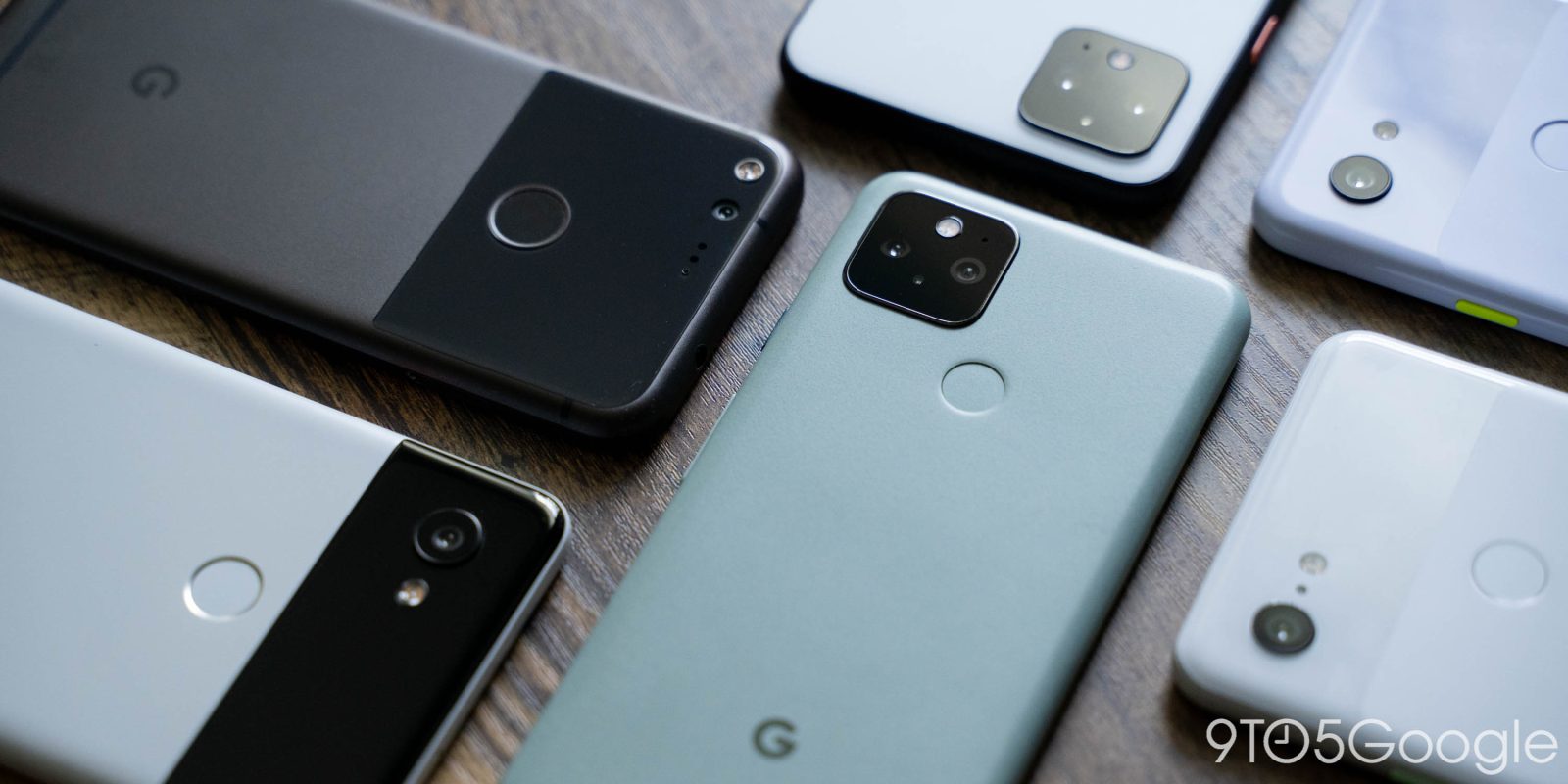
For better or worse, adding an IR temperature sensor to the Pixel 8 Pro is Google-y. The company has a history of peculiar hardware additions.
9to5Google has a rebooted newsletter that highlights the biggest Google stories with added commentary and other tidbits. Sign up to get it early in your inbox, or continue reading 9to5Google Log Out below:
There was Active Edge on the Pixel 2 and Pixel 3 for squeezing to launch Assistant, while the latter phones offered a second front-facing camera with 97-degree FOV for wide-angle shots. (Again, I’m still so surprised this dual-camera setup was not used for facial recognition.)
Google’s willingness for its phones to have something unique peaked with the Pixel 4 and Soli radar for air gestures that could end alarms and control music, as well as for speeding up Face Unlock. Reportedly, sales for that year weren’t very good, and consequently, none of those features made it to the next generation.
The Pixel 6 saw a new design language that presumably was always coming side-by-side with Google Tensor, while the Pixel 7 was a clear refinement year. Basically, since the Pixel 5, Google hasn’t tried anything out of the ordinary with hardware.
The temperature sensor on the Pixel 8 Pro could break that streak. To Google’s credit with the Pixel 2 and 3, those hardware additions did not heavily impact the phone’s design. Both generations looked mostly in line with their contemporaries, but the Pixel 4 did not, with its large upper notch to fit the radar array.
The Pixel 8 Pro does not look drastically different from what came before, a sign that there are no downsides to usability with this sensor’s addition. If that remains true in usage, it becomes purely additive.
It’s too early to predict usage of that particular feature (though I have my thoughts), but my primary concern here is Google’s commitment. Since the Pixel 4 situation, Google has been focused on the core phone experience.
With the Pixel 8 Pro, it feels like Google is experimenting again with hardware. I applaud that. It’s fun and exciting to see something different for the slab smartphone form factor outside of camera innovation (which Google is always pursuing).
However, experimentation should be done because you think the end result adds legitimate value or helpfulness, not because it’s simply cool or possible, with the market justification coming later.
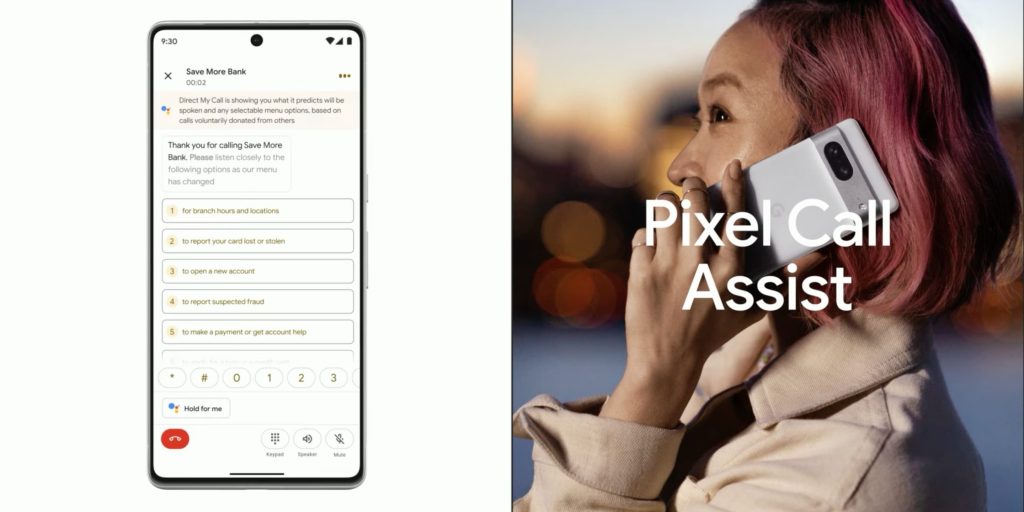
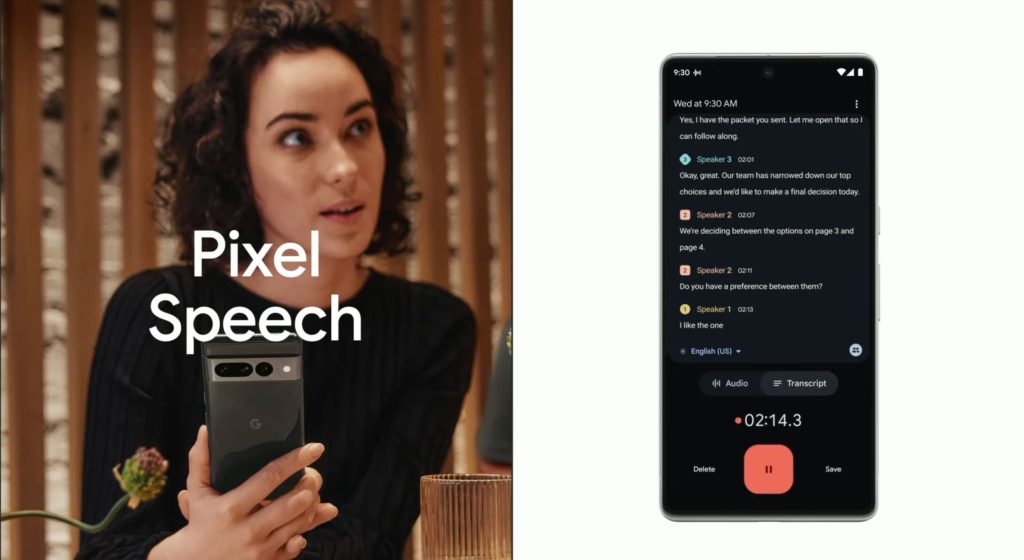
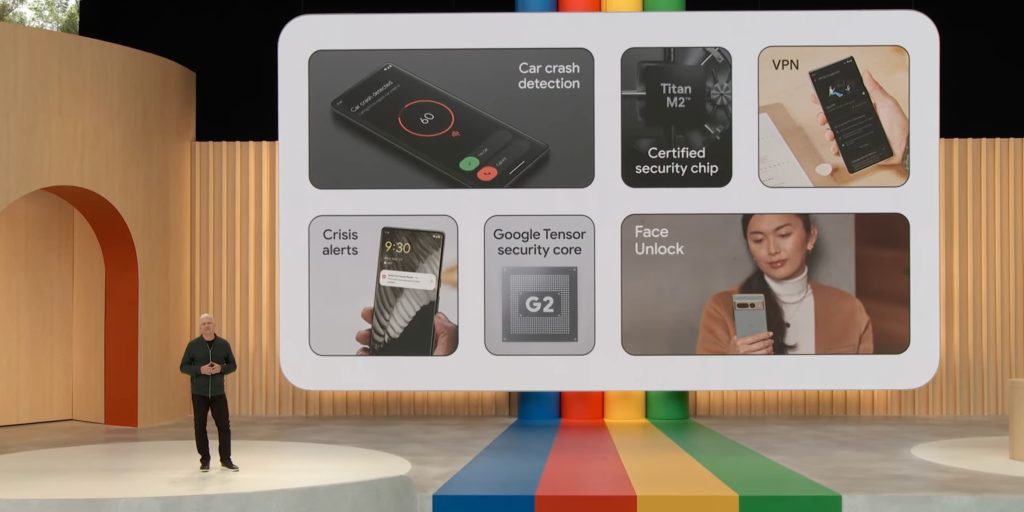
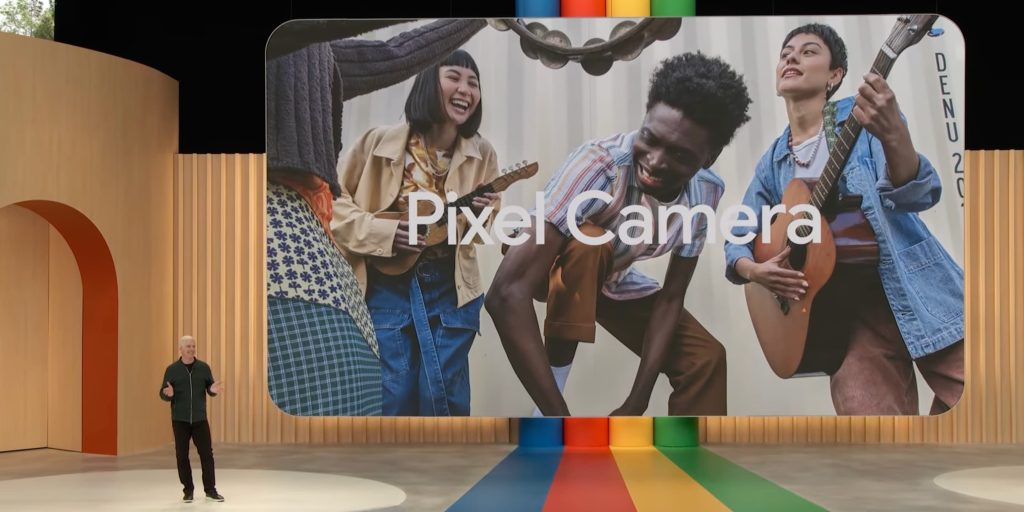
In the case of the temperature sensor, hopefully, the idea behind it is that Google wants to make health a major tentpole of its phones alongside Pixel Call Assist, Pixel Speech, Pixel Safe, and Pixel Camera as Rick Osterloh summarized at I/O 2023.
If Google wants to make health a key aspect of Pixel phones, I’m all for it. It makes sense with Fitbit (though I think wearables and the wrists are a better place for that).
However, I want the Pixel team to commit to it. That could involve putting the sensor on next year’s phone (and even bringing it to the smaller model) or finding another way to record temperature if bringing something up to your temple does not stick.
What I don’t want to happen is for Google to drop the temperature sensor from the Pixel 9 and never discuss health again. In that scenario, Google would have learned nothing from the Pixel 4 and would be betraying the sense of maturity that the Pixel 6 and 7 brought to its phones. You can add differentiating hardware to phones if you genuinely believe it’s of value. If that fails, you keep trying.
However, if you remove it after one year, then that differentiating hardware was just a pet project and indicative of a scattershot, “see what sticks” approach to product development for your most important product.
From 9to5Google
Gboard for Android preps an easier way to ‘Resize’
Review: This solar panel recharges Google’s Nest Cam battery
Here’s just what Google Pixel devices our readers said they’re currently using daily
Fuchsia starts rolling out to 2nd-gen Nest Hub
What (else) is happening
HBO Max turns into ‘Max,’ here’s where to download the new app: It really does feel like classic HBO is ending with the series finales of Succession and Barry this Sunday.
Max’s “the one to watch for HBO” tagline is dumb and evidence of how those in charge know there’s a cultural awareness for HBO that they still need to surface that brand despite dropping it entirely from the logo/app icon/etc.
Anyways, the new app feels exactly the same as the old one. It’s not as fluid as Disney+.
Google updates Android Reading mode with background and screen off playback
Google One Android app now lets you find your IP address and network
YouTube for Android TV adds more Google Assistant commands, Podcasts page
From the rest of 9to5
9to5Mac: First iPhone 16 Pro Max CADs visualize rumored larger display
Electrek: Ford doesn’t expect EV battery supply to be a production roadblock
FTC: We use income earning auto affiliate links. More.

Comments